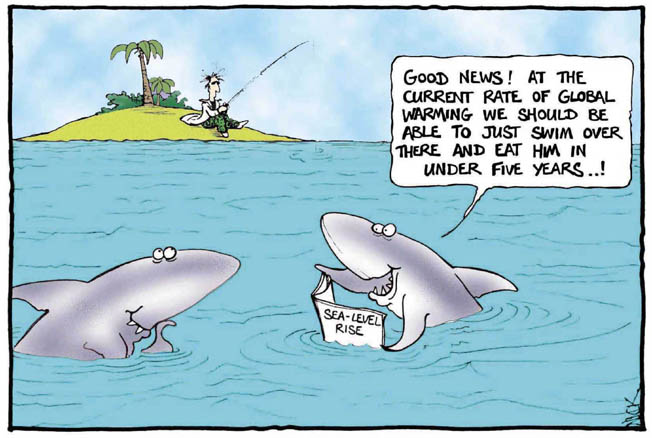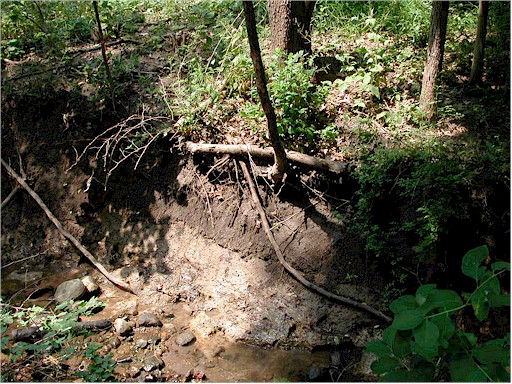Summer 2 ~
2006
ENVS
685 - ENVIRONMENTAL SCIENCE 
COURSE
DESCRIPTION– Interactions among the human, its
environment and the ecosystems constitute a critical component in our
understanding of nature and will be the focus of this course.
Students will learn to identify the physical, chemical and biological
processes in the environment that impact on life, and examine, in turn,
the effect that living organisms have on those environmental
processes. The course will be conducted partly through laboratory
and field exercises to gain an appreciation of naturally occurring
phenomena. Class participants will develop activities and lesson
plans that assist in the understanding of complex concepts in the
operation of the complex environment and ecosystems.
NOTEWORTHY COURSEWORK-
Soil
Systems is actually a
web page describing the various soil systems.
We had to read a peer-reviewed paper about herbivores and then present
the content to our class. My partner and I put together this Powerpoint.
(Cartoon by
Nick D Kim, nearingzero.net. Used by permission.)
BIOL 501 - PRINCIPLES
OF
BIOLOGICAL SCIENCE
COURSE
DESCRIPTION– The major topics for this
course will be
animal and plant biology, cell biology and genetics, and evolution and
diversity. Each class will start with an overall question, such
as "What is life?", which will be discussed in an interactive
presentation led by the instructional faculty member. Then, small
groups will work together to investigate related, more specific
questions using resources such as text books, the Web, and hands-on
activities. Assignments will require teachers to use what they
have learned to create or adapt curricula, lesson plans, and/or
hands-on activities for use in their classroom.
NOTEWORTHY
COURSEWORK-
Avian Flu
- Our instructor started the course with an assignment that forced us
to
examine a modern pandemic, the avian flu, and make decisions using
biological
research.
Soil Organisms - is actually a web page describing
the
various organisms that live in the soil and their role in that niche.
Lesson Plan - As a group
assignment, three of
my classmates and I created a lesson plan about meiosis and Punnett
squares. It begins with an overview
of the topic including suggested teaching practices and student
misconceptions. Then there are three lesson plans covering the topics
of meiosis, Punnett
squares, one fthe math
connection between Punnett
Squares and Binomials.
WEB PROJECT. . .
At
the end of these two courses, our cohort created an online resource
using an image of a forest to link all of our work. Each participant
was
responsible for creating a web page in which we had to research and
display information about some part of this image. My information is
linked at #17, and is all about soil-- the ecosystem within it and the
various soil systems that exist. My project "The Soil
Ecosystem" can be viewed below, or use the following link to check mine
and the other web pages created by the teachers in my cohort- MISEP
Biology/Env Science Project
(accessible
only by Penn STI Participants).

THE
SOIL ECOSYSTEM
When gardening in my small backyard in the city, I was always cautious
and careful, not knowing what bugs I would encounter. I would remind
myself, and the children around me, that we were invading their home,
so we could not kill any of them. After taking both the biology and
environmental classes, I started wondering why those organisms were in
the soil
anyway. What did they do there? Were they helpful to my garden or not?
Should I welcome them or try to get rid of them? From those classes I
learned that the organisms in an ecosystem all have a niche and usually
interact with
each other. All living things need to take in nutrients, and the
plants play an important role in this, but so do bacteria and fungi. I
wondered what other organisms were in the soil and what their niche
was. This lead me to investigate the soil and the organisms that live
within it.
The following links will give
you
plenty of information about the soil ecosystem. ENJOY!
Soil
Organisms (Middle School
Level)
Soil
Organisms (College Level)
Soil
Systems (College Level)
 Link to Mrs. Bryson's Webpage
Link to Mrs. Bryson's Webpage



 Link to Mrs. Bryson's Webpage
Link to Mrs. Bryson's Webpage